Landscape Fabric Vs Geotextile

Table of Contents
Landscape Fabric vs. Geotextile: Choosing the Right Fabric for Your Project
Choosing the right ground cover fabric can significantly impact the success of your landscaping project. While the terms "landscape fabric" and "geotextile" are often used interchangeably, there are crucial differences that determine their suitability for specific applications. Understanding these differences will help you make an informed decision and avoid costly mistakes. This article dives deep into the landscape fabric vs. geotextile debate, exploring their characteristics, applications, and ultimately, helping you choose the best option for your needs.
What is Landscape Fabric?
Landscape fabric, also known as weed barrier fabric, is a permeable fabric primarily designed to suppress weed growth in garden beds, flowerbeds, and walkways. It's typically made from polypropylene, a synthetic material resistant to degradation and decay. Its primary function is to prevent weeds from sprouting through while allowing water and air to penetrate the soil.
Key Features of Landscape Fabric:
- Weed suppression: Its main advantage is its effectiveness in preventing weed growth.
- Water permeability: Allows water to reach plant roots.
- Air permeability: Facilitates aeration of the soil.
- Lightweight and easy to install: Relatively simple to handle and lay.
- Relatively inexpensive: A budget-friendly option for many landscaping projects.
Limitations of Landscape Fabric:
- Shorter lifespan: Compared to geotextiles, landscape fabrics tend to degrade faster, especially under UV exposure. This necessitates replacement every few years.
- Potential for clogging: Over time, fine soil particles can clog the fabric, reducing water and air permeability.
- Not suitable for all applications: It's not strong enough for heavy-duty applications like erosion control or retaining walls.
What is Geotextile Fabric?
Geotextile fabrics encompass a broader category of materials used in various engineering applications, including landscaping. They are designed to separate, filter, reinforce, protect, or drain soils. Geotextiles are made from a range of materials, including polypropylene, polyester, and other synthetic fibers. Their strength and durability exceed those of landscape fabrics.
Key Features of Geotextile Fabric:
- High tensile strength: Capable of withstanding significant stress and strain.
- Excellent durability: Longer lifespan than landscape fabrics, often lasting for decades.
- Wide range of applications: Suitable for various applications, from erosion control to road construction.
- Superior filtration properties: Effectively separates soil layers while allowing water to pass through.
- Various permeability levels: Available in different grades, offering specific drainage properties.
Limitations of Geotextile Fabric:
- Higher cost: Generally more expensive than landscape fabric.
- Can be more challenging to install: Requires more expertise for certain applications.
- Not always necessary for simple weed control: Overkill for small-scale projects focused solely on weed suppression.
Landscape Fabric vs. Geotextile: A Detailed Comparison
| Feature | Landscape Fabric | Geotextile Fabric |
|---|---|---|
| Primary Use | Weed control | Soil separation, filtration, reinforcement |
| Material | Typically polypropylene | Polypropylene, polyester, and others |
| Durability | Shorter lifespan | Longer lifespan |
| Strength | Low | High |
| Cost | Inexpensive | More expensive |
| Installation | Easy | Can be more complex |
| Permeability | Moderate water and air permeability | Variable permeability levels |
Choosing the Right Fabric for Your Project
The best choice depends entirely on your project's specific needs:
- For simple weed control in garden beds or flowerbeds: Landscape fabric is a cost-effective and readily available solution.
- For erosion control on slopes, drainage solutions, or separation of soil layers: Geotextile fabric offers the necessary strength and durability.
- For retaining walls or heavy-duty applications: A high-strength geotextile is crucial.
- For pathways or areas with high foot traffic: Consider a geotextile designed to withstand pressure.
In conclusion: While both landscape fabrics and geotextiles are used in landscaping, they serve distinct purposes. Understanding their differences and choosing the appropriate fabric is crucial for successful project outcomes. Consider the specific requirements of your project, budget, and long-term goals to make an informed decision. Don't hesitate to consult with a landscaping professional for guidance on complex projects.

Thank you for visiting our website wich cover about Landscape Fabric Vs Geotextile. We hope the information provided has been useful to you. Feel free to contact us if you have any questions or need further assistance. See you next time and dont miss to bookmark.
Featured Posts
-
Kitchen Copper Backsplash
Dec 05, 2024
-
Harrys Future With Meghan Uncertain
Dec 05, 2024
-
Landscaping Garner
Dec 05, 2024
-
Anna Wintour Refusal To Take Risks
Dec 05, 2024
-
2024 Apple Music Replay Most Streamed
Dec 05, 2024